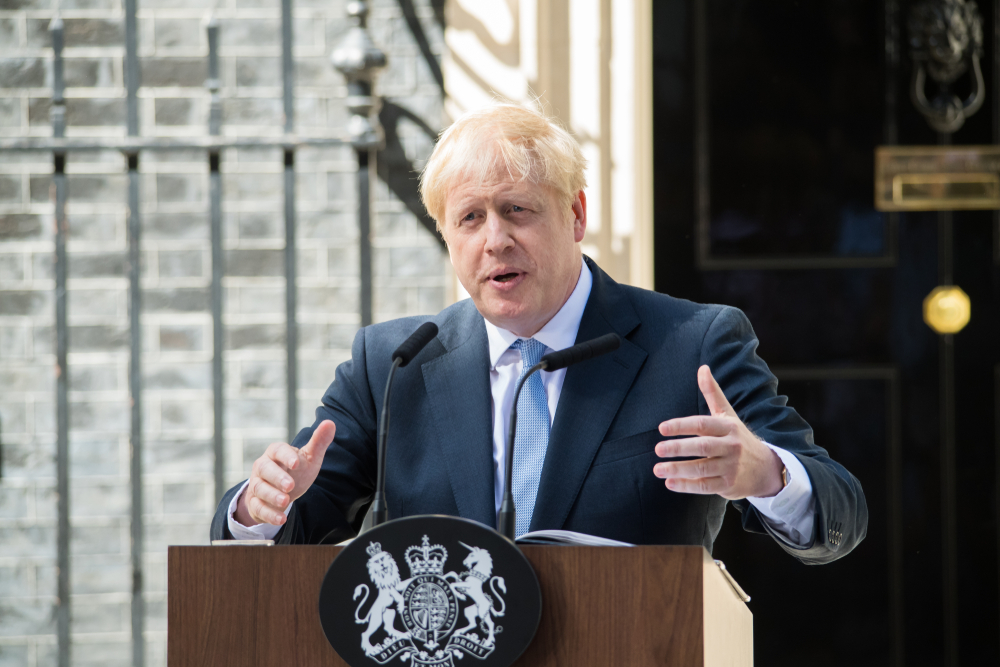
British Prime Minister, Boris Johnson, is believed to have struck a Brexit deal with the European Union.
The deal, which still needs to be ratified by a summit of European leaders tonight and also by the British House of Commons, appeared to resolve some of the issues which had been causing deadlock between the two sides.
The next big hurdle for Johnson could be the requirement to win over the Northern Irish Democratic Unionist Party, as well as some of his own Tory MPs.
Despite the risks that the deal still faces, the pound showed an immediate lift when the news was announced.
It reached $1.29 in its pair with the US dollar, which marked its highest position in five months.
Elsewhere around the world, the single European currency had a good start to the day before the latest Brexit news was announced.
It was seen to rise against the pound at one stage by almost half a percentage point.
The US dollar, which dropped over the course of Wednesday due to a negative data release around retail sales in the country, remained in the doldrums.
It was close to the lows it hit overnight after there was continued worry that the so-called “phase one” deal of the country’s trade agreement with China may be about to fizzle out.
The US dollar index, a mechanism designed to monitor how the currency is performing compared to a range of others around the world, was seen at 97.75 at one point.
This was close to its lowest position in a month.
The Australian dollar, meanwhile, surged ahead.
It was seen to rise by 0.4% in its pair with the US dollar at one stage.
This was due in part to the news that the country’s labour market appears to be in good health.
This data release, which came overnight, has had the knock-on effect of reducing the risk that the country would have to face another interest rate cut.
This may have come as something of a surprise to traders, as the Australian dollar tends to be highly sensitive to news about trade – especially where China, one of its main trading partners, is concerned.
Other countries around the world had a diverse experience.
The Norwegian crown, which has been in the foreign exchange trading news more often than not lately, was down to its lowest ever point in its pair against the single European currency.
It was seen at 10.1800 at one stage.
Analysts revealed different perspectives on this, with some suggesting that the move was due to ongoing concerns about the state of global trade.
The Japanese yen, meanwhile, managed to hold equally against the US dollar.
The dollar was trading at 108.75 against the yen at one stage.
The yen tends to be seen as a safe haven currency, meaning traders flock to it in the event of uncertainties – so if the ongoing trade battles between the US and China continue without obvious resolution, it is likely that the currency could yet surge.
 Between 74-89% of CFD traders lose
Between 74-89% of CFD traders lose  Your capital is at risk
Your capital is at risk  Your capital is at risk
Your capital is at risk  Your capital is at risk
Your capital is at risk